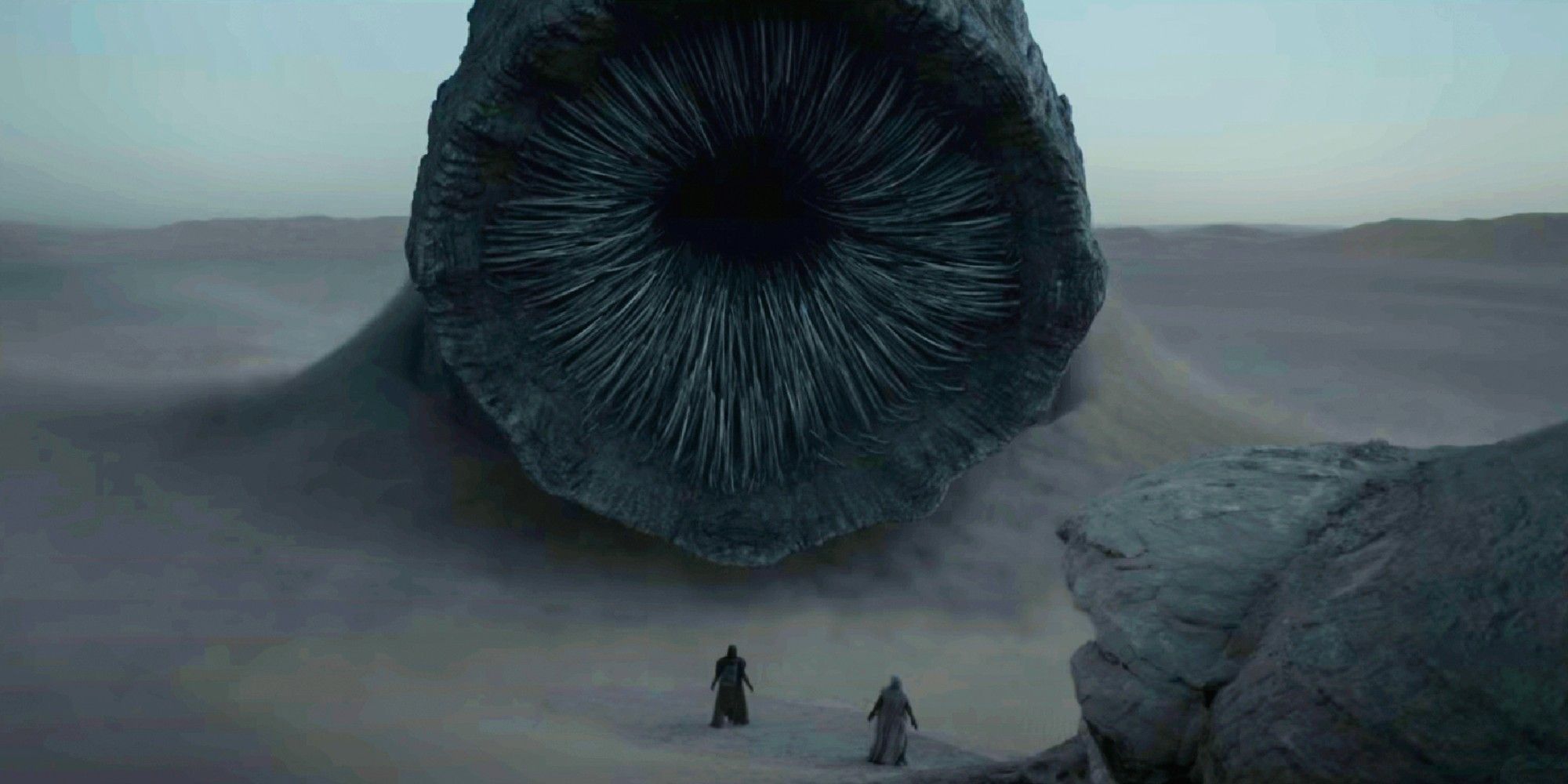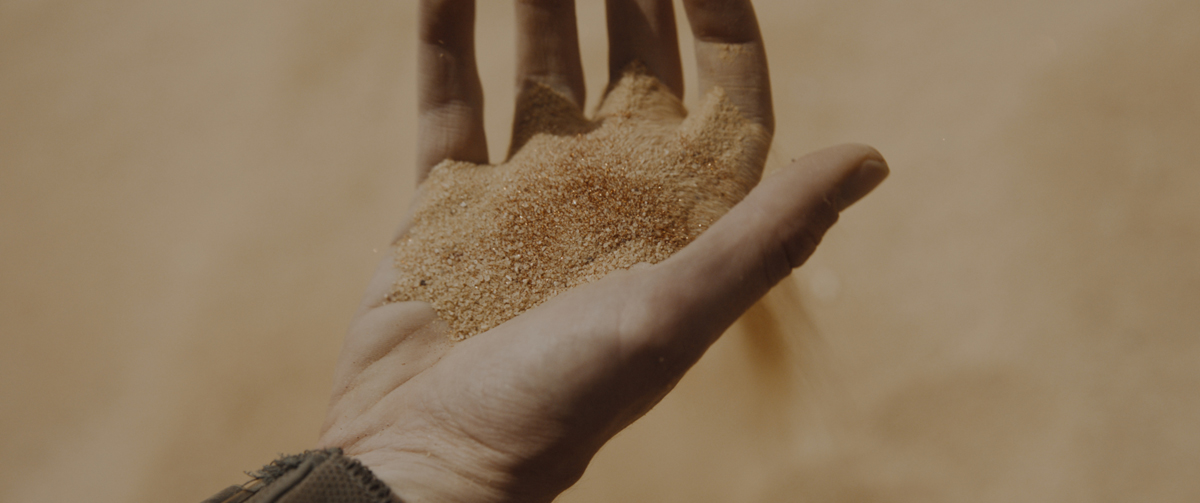“Dune” is the long-awaited adaptation of the novel by the same name written by Frank Herbert. “Dune” was long considered to be “unadaptable” due to the sheer size and complexity of the story. But at last, the film has finally made it to the big screen and was accompanied by hugely positive reactions, as can be seen by the 90% audience score on Rotten Tomatoes.
There’s a lot to be said about the actual plot of the story and its various themes. For a story so heavily dependent on its world-building, though, the world itself needs to be compelling enough to be believed. Denis Villeneuve fully realizes the vision of “Dune” in his new film, immersing the audience through the use of sound, scenery, costuming, as well as stage props.
Villeneuve’s film features a vast array of beautiful shots and excellent use of cinematography. Each shot is done methodically, coming together to form a cohesive story. The cinematographer of the film is Greig Fraser; Fraser’s other works include “Rogue One: A Star Wars Story,” the upcoming “The Batman” and three episodes of “The Mandalorian.”
In an article by Variety, Fraser mentions basing his creative decisions mainly on the characters themselves. “That meant keeping individuals in the center frame unless we were showing them in amongst the landscape. More often than not, the landscape was secondary to them, and their coverage,” he noted.
Even so, viewers get a sense of the grand scale of the universe “Dune” is based on. The size and threatening nature of the sandworms, for example, become apparent after one scene where a sandworm is shown easily consuming a spice harvester the size of a large building. In a later scene, Paul and Jessica are retreating from an incoming worm, and they manage to barely escape after the worm rises out of the ground and looms over them. The scene illustrates just how large the worm is compared to the average human being.

The shots overlooking the dunes of Arrakis also depict the breathtaking nature of the desert as well as how unforgiving of an environment it can be for the characters. For anyone who’s read the book, the introduction in “Appendix 1: The Ecology of Dune” vividly describes the planet: “The effect of Arrakis on the mind of the newcomer usually is that of overpowering barren land. The stranger might think nothing could live or grow in the open here, that this was the true wasteland that had never been fertile and never would be.”
It’s clear the production team behind the film took great measures to stay as true to the spirit of “Dune” as possible.
Many of the scenes were filmed across multiple locations rather than in front of a green screen. Scenes depicting the sand dunes were filmed in Liwa Oasis, Abu Dhabi, while the scenes featuring the large stone formations that house the Fremen villages were filmed in Wadi Rum, Jordan. Many of the indoor scenes were shot in sets constructed in a studio located in Budapest, Hungary. Finally, Stadlandet, Norway, served as the backdrop for the planet Caladan.
Patrice Vermette is the production designer of the movie and the mind behind the look of the “Dune” universe. Production design includes the architecture of the buildings and palaces featured in the film as well as the stage props like the ornithopters. Vermette’s other works include the movies “Sicario” and “Arrival.”
His philosophy for creating the look and feel of “Dune” was to first ground the world in something realistic that everyone will recognize in order for them to accept the more imaginative parts of the film. Using the book as a guide, he and Villeneuve created the sets, taking into account the environmental factors of the planets. The palace in Arrakeen, for example, is built to withstand the high winds of the desert in a location where the sandworms are unlikely to attack.

The weather of the planets, especially on Caladan and Arrakis, also hold a symbolic meaning in the grand scheme of the story. In an article with Science Focus, Vermette mentions the weather on Caladan is inspired by the weather during the Canadian fall season, which is mellow and temperate. It marks the end of a year, and in the movie, the weather of Caladan marked the end of the comfortable life Paul Atreides led before being thrust into the midst of a harsh political climate catalyzed by his family’s presence on Arrakis.
One of the book’s main themes is ecology, and from this, Villeneuve drew his inspiration for the design of the ornithopters used in the movie. Ornithopters are airborne vehicles typically used for military purposes in the novel. Using the description from the book as a guide, Villeneuve realized the shape of the vehicle would look similar to a dragonfly. Like the dragonfly, ornithopters are agile and easily traverse the air over the planet. The way the wings of the vehicle move also resemble the movement of dragonfly wings. The best part is, they are actually operable in real life.
Besides the architecture and stage props used in “Dune,” one other visual element helped to bring it all together — the costumes worn by the characters. About 1,000 different styles were created for the film, and they were all designed by Jacqueline West and Bob Morgan. West cites Greek and Roman mythology for some of the inspiration behind the apparel, especially for the Atreides and Harkonnen houses, saying, “It all seemed like a kind of a real Greek and Roman tragedy on one level.”
Perhaps one of the most notable costumes is the one worn by none other than Lady Jessica herself during the arrival of the Atreides clan to Arrakis. The medieval-inspired dress, according to West, took months to complete, especially since the chainmail draped over Jessica’s face was painstakingly assembled by hand.
The gown is stately and represents the new role Jessica would take up as the concubine of the new duke of Arrakis. The color choices for Jessica’s outfit as well as that of her handmaidens seem to reflect the colors and shades of not only the desert sand, but the spice melange also.

The stillsuit is arguably the most important costume in the movie. Its significance can’t be understated; stillsuits play a huge role in the story and help the Fremen survive dehydration while living in the desert. Created by Keith Christensen, each stillsuit was custom-made for the actors wearing them. They are made up of acrylic fibers and cotton, which keep the actors cool by absorbing the water off of the body. In the story, the stillsuits would be able to take this liquid and recycle it into a drinkable source of water.
The color of the stillsuits was chosen to reflect the stone structures where the Fremen typically resided. The reasoning for this is to keep the wearer effectively camouflaged when hidden among the rocks.
Last, but definitely not least, the music composed for the film brings the world to life. Hans Zimmer is the composer of the movie’s score, and much of the inspiration for the music is driven by the women of “Dune.” A choir of female voices can be heard throughout the soundtrack, and it represents the spirituality of the Bene Gesserit order as well as the fierce energy represented by the Fremen people.
“Both Denis and I decided this early on, that it’s the women who drive the story and have the strength,” Zimmer explains in an interview with IndieWire. “And so I thought of some extraordinarily talented singers, and I kept thinking, wherever you are in the future, the instruments will change due to technology, and we could be far more experimental, but the one thing that remains is the human voice, which there is a lot of.”
The tracks are otherworldly, and some are anxiety-inducing during the more suspenseful parts of the movie. Zimmer made use of a synthesizer to distort and layer the sounds of different instruments together to create new sounds. He wanted the sounds to reflect the type of music that could be heard in the far future.
There is so much attention to detail in “Dune,” and it really shows how much love and care was given by the team in producing a faithful adaptation of the book. Villeneuve has recently been greenlit to adapt the second part of the story, so we will most likely see the return of most if not all of the creative minds behind “Dune” part 1. It will be interesting to see what they will come up with for the next part. For now, “Dune” is a beautiful film that creatively pushes the envelope, both visually and aurally.

















